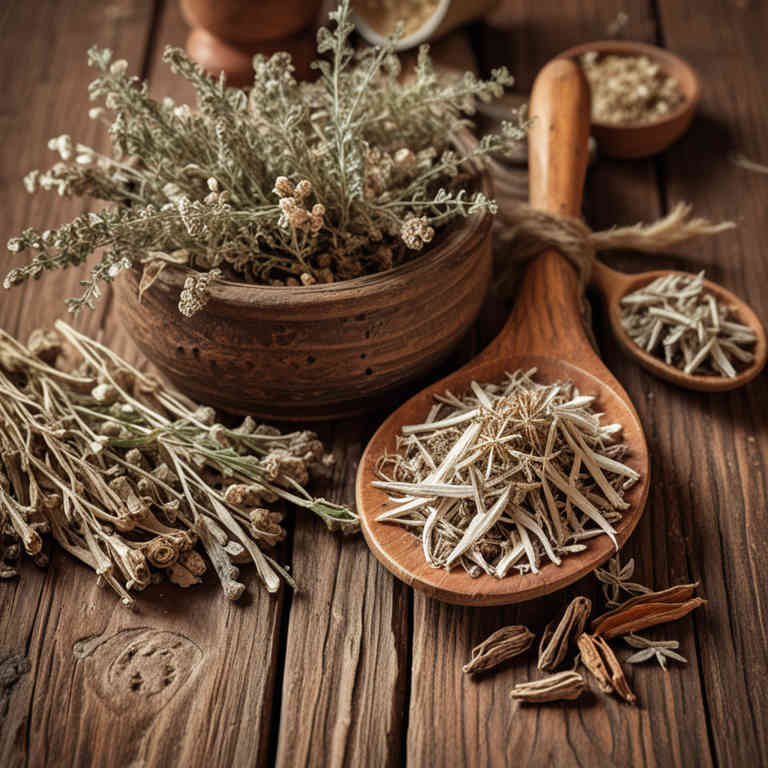Glycyrrhiza uralensis mucillage for medicinal use

Glycyrrhiza uralensis mucillage is a viscous, sticky substance derived from the root of the licorice plant.
It is rich in glycyrrhizin, a compound known for its anti-inflammatory and antiviral properties. In herbalism, this preparation is used to support respiratory health, soothe sore throats, and reduce inflammation in the lungs. It is also valued for its ability to balance other herbs in formulations.
Due to its potent effects, it is often used in moderation and under the guidance of a trained herbalist.
Uses
Glycyrrhiza uralensis mucillage has been used to treat a variety of ailments across different cultures for centuries.
Historically, it was valued in traditional Chinese medicine for its ability to soothe the respiratory system and aid in the healing of ulcers. In Ayurvedic practices, it was used to balance the body's energies and support digestion. Modern research has shown that the mucilage contains compounds with anti-inflammatory and antiviral properties, making it useful in contemporary herbal remedies.
Today, it is commonly used in throat lozenges and cough syrups to alleviate symptoms of colds and sore throats.
Benefits
Glycyrrhiza uralensis mucillage has health benefits such as anti-inflammatory, antioxidant, and immune-modulating properties.
It is commonly used in traditional medicine to support respiratory health by alleviating symptoms of coughs and bronchitis. The mucilage content helps soothe irritated mucous membranes, making it beneficial for digestive tract health. It may also aid in reducing stress and supporting adrenal function due to its glycyrrhizin content.
However, long-term use should be monitored as it can affect blood pressure and electrolyte balance.
Constituents
Glycyrrhiza uralensis mucillage active constituents include glycyrrhizin, flavonoids, saponins, and polysaccharides.
Glycyrrhizin is a triterpene glycoside known for its anti-inflammatory and antiviral properties. Flavonoids contribute to the mucilage's ability to soothe irritation and support respiratory health. Saponins may enhance immune function and have mild detoxifying effects.
Polysaccharides are believed to support gut health and boost the body's natural defenses.
Preparation
To make Glycyrrhiza uralensis mucillage, start by gathering fresh or dried roots of Glycyrrhiza uralensis, also known as licorice.
Wash the roots thoroughly and chop them into small pieces to increase surface area for extraction. Place the chopped roots in a pot and add enough water to cover them by about an inch. Bring the mixture to a gentle boil, then reduce the heat and let it simmer for approximately 30 minutes.
Strain the liquid through a fine mesh sieve or cheesecloth to collect the mucilage, which will be the viscous, sticky substance left behind.
Side Effects
Glycyrrhiza uralensis mucillage may lead to increased blood pressure, electrolyte imbalances, and fluid retention due to its mineralocorticoid-like effects.
Prolonged use can also cause potassium depletion, which may result in muscle weakness or arrhythmias. It may exacerbate conditions such as hypertension, heart failure, or kidney disease. In some cases, it can lead to pseudoaldosteronism, characterized by sodium retention and potassium loss.
It is important to consult a healthcare professional before using this preparation, especially for individuals with pre-existing medical conditions.